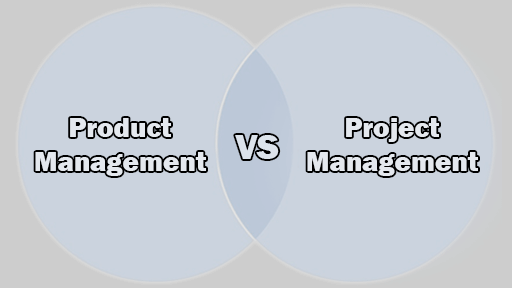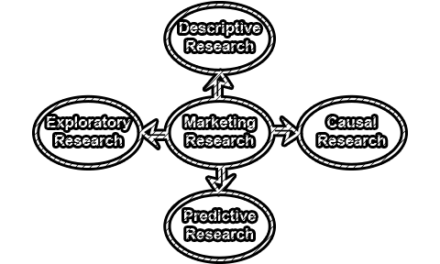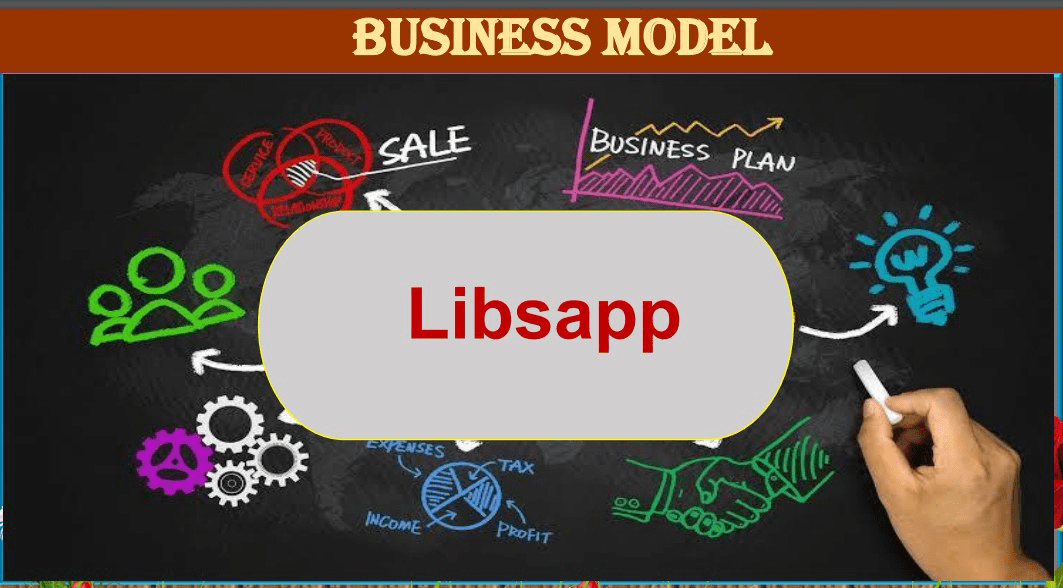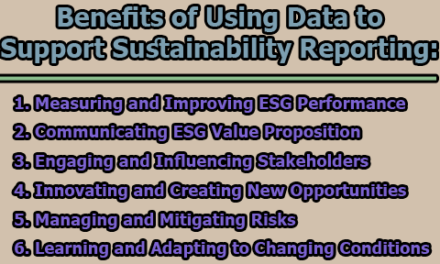Key Differences Between Product Management and Project Management:
Product Management and Project Management are two distinct disciplines within the field of business and technology, each playing a crucial role in the successful development and delivery of products and services. While they share some commonalities, they differ significantly in their focus, responsibilities, and objectives. Here are the key differences between Product Management and Project Management.
| Aspect | Product Management | Project Management |
| Definition | Focuses on the entire lifecycle of a product, from ideation to end-of-life. Involves market research, strategy, and continuous improvement. | Concerned with the planning, execution, and completion of a specific project with defined objectives, deliverables, and timelines. |
| Scope | Broader, encompassing overall product strategy, feature prioritization, and ongoing enhancement based on market needs. | Narrower, concentrating on delivering a specific set of outputs within a defined timeframe and budget. |
| Timeframe | Long-term orientation, with a continuous lifecycle approach, adapting to market changes and technological advancements. | Short to medium-term focus, project-based with a definite start and end, adhering to a project plan. |
| Responsibility | Manages the product holistically, including features, enhancements, and maintenance. Prioritizes and allocates resources based on strategic goals. | Oversees the project’s execution, ensuring it meets the defined scope, time, and budget constraints. Manages project team members and resources. |
| Risk Management | Involves continuous risk assessment, market analysis, and adaptation to changes. Proactively addresses emerging challenges to maintain product competitiveness. | Focuses on identifying and mitigating risks specific to the project’s objectives, ensuring timely and on-budget delivery. |
| Customer Involvement | Direct interaction with customers for feedback, market research, and understanding needs. Shapes the product roadmap based on customer input and market trends. | Limited customer interaction, mainly focused on project requirements and deliverables. Client feedback is crucial for meeting project objectives. |
| Metrics | Success measured by overall product performance, market share, customer satisfaction, and revenue growth. | Success measured by meeting project objectives, on-time delivery, staying within budget, and achieving predefined project milestones. |
| Flexibility | Requires adaptability to market changes, customer feedback, and emerging trends. Agile methodologies often employed for iterative development. | Adheres to a predefined project plan, with less room for flexibility during execution. May use project management methodologies such as Waterfall or Agile. |
| Team Structure | Cross-functional teams with members from various departments (e.g., marketing, development, sales) collaborating on the product. | Project teams assembled for the specific project duration, consisting of individuals with expertise in areas required for project completion. |
| Outcome | Continuous improvement and evolution of the product over its lifecycle, with periodic releases of new features or versions. | Delivery of a unique product, service, or result as defined in the project scope. Often followed by project closure and team disbandment. |
In conclusion, Product Management and Project Management are integral components of organizational success, each playing a unique role in achieving specific objectives. While Product Management focuses on the long-term development and improvement of a product, Project Management is geared towards the efficient execution of specific projects within defined constraints. Both disciplines are essential for businesses to thrive in a dynamic and competitive environment, combining strategic vision with effective execution. Recognizing and understanding the distinctions between Product and Project Management is crucial for businesses aiming to optimize their operations and deliver valuable products and services to their customers.

Assistant Teacher at Zinzira Pir Mohammad Pilot School and College










